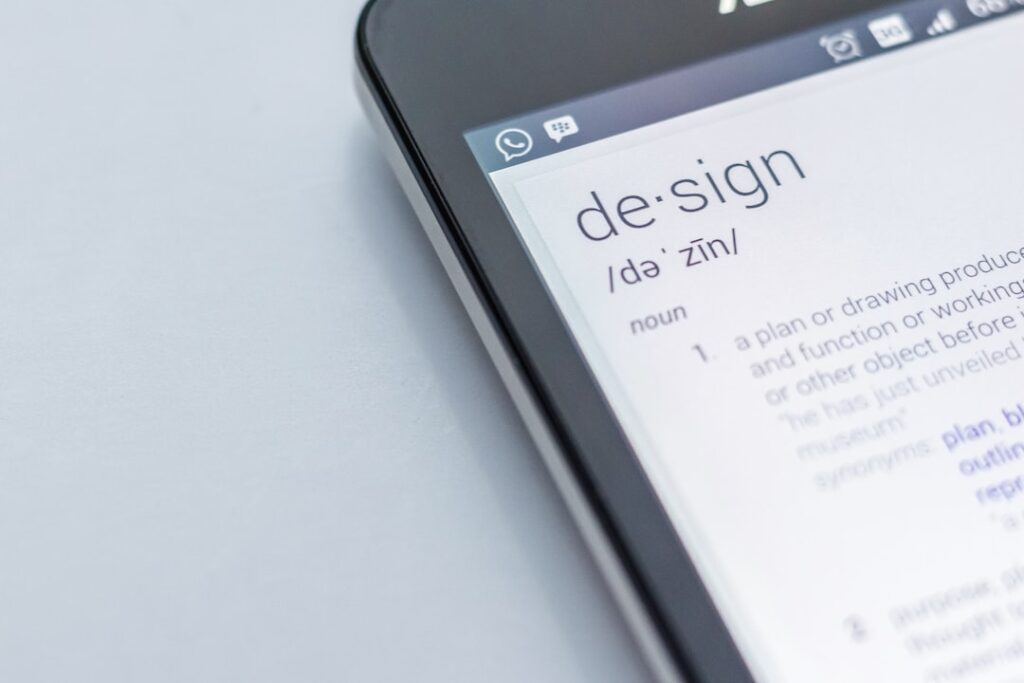Windows’ Impact on User Interface Design
When we talk about user interface design, it’s hard not to mention Windows, the operating system that has been a pioneer in setting new standards and pushing the boundaries of UI design. From the early days of Windows 1.0 to the modern, sleek interfaces of Windows 10, the evolution has been nothing short of remarkable. In this blog post, we’ll explore the impact of Windows on user interface design and how it continues to influence designers and developers around the world.
The Evolution of Windows UI Design
Let’s take a trip down memory lane and look at how Windows has evolved over the years. The shift from the simple, boxy windows and menus of Windows 1.0 to the fluid, dynamic interface of Windows 10 is truly awe-inspiring. With each iteration, Windows has introduced new design elements, animations, and interactions, setting a high bar for other operating systems to follow.
Surprising Statistic:
Did you know that as of 2021, Windows 10 has been installed on over 1 billion devices worldwide? That’s a staggering number, and it goes to show the reach and impact of Windows UI design on a global scale.
The Influence on Other Platforms
Windows’ design principles have not only shaped the way we interact with computers but have also influenced the design of mobile operating systems, web interfaces, and even third-party software. The concept of windows, icons, menus, and pointers (WIMP) introduced by Windows has become a standard across many different types of devices and platforms.
Incorporating Windows’ UI Design in Your Projects
So, how can you incorporate the principles of Windows UI design into your own projects? Whether you’re a designer, developer, or a business owner looking to enhance the user experience, here are a few key takeaways:
Consistency is Key
Windows UI design has always prioritized consistency across the interface. From the placement of icons to the use of typography and color schemes, maintaining a cohesive and consistent design language is crucial. When working on your own projects, pay attention to the alignment, spacing, and overall visual coherence to create a polished and professional-looking UI.
Embrace Fluid Interactions
With the introduction of touchscreens and gestures, Windows has embraced fluid interactions that go beyond traditional mouse and keyboard inputs. Consider how you can incorporate intuitive gestures and fluid animations to create an engaging and seamless user experience.
Accessibility for All
Windows has made significant strides in making its interface accessible to a wide range of users, including those with disabilities. When designing your UI, consider the principles of accessibility, such as providing adequate contrast for readability, offering keyboard navigation options, and ensuring compatibility with assistive technologies.
How to Apply Windows UI Design in Your Daily Life
Even if you’re not a designer or developer, you can still appreciate and apply some of the principles of Windows UI design in your daily life. Here’s how:
– Organize your physical workspace using the principles of visual hierarchy and organization you see in Windows UI design. Keep frequently used items easily accessible and declutter your space for a more efficient workflow.
– Apply the concept of consistency in your communication. Whether it’s through emails, presentations, or social media posts, maintaining a consistent tone and visual style can enhance your personal brand and communication effectiveness.
– Embrace fluid interactions in your everyday tasks. Whether it’s using touch gestures on your smartphone or streamlining your daily routines to create a more fluid and seamless experience, taking cues from Windows UI design can improve your efficiency and enjoyment of everyday activities.
In Conclusion
Windows has undeniably set new standards in user interface design, and its influence is palpable across the digital landscape. By understanding and incorporating the principles of Windows UI design, you can elevate your own projects and even enhance your daily experiences. Whether it’s through embracing consistency, fluid interactions, or accessibility, the impact of Windows UI design is something we can all learn from and appreciate.















